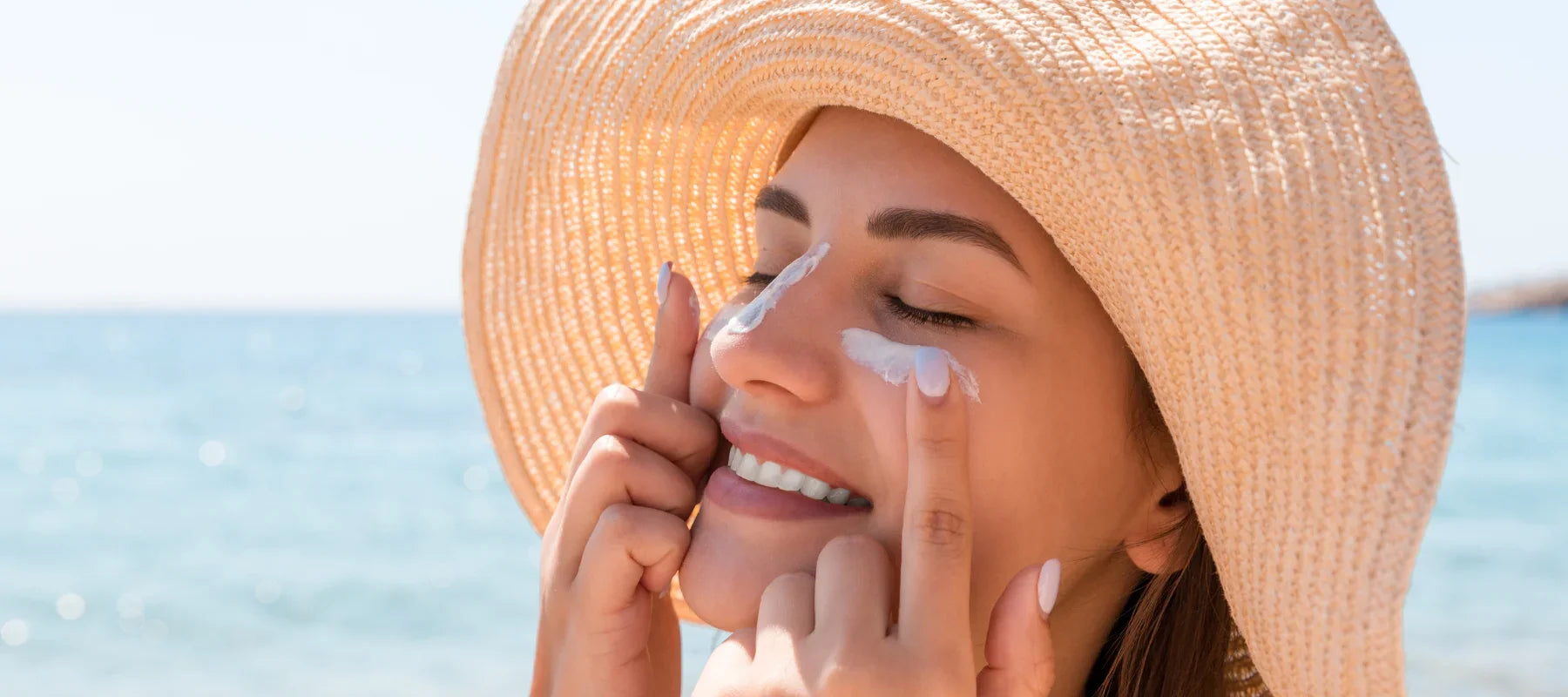
How To Avoid White Cast From Sunscreen: Our Top Tips
Introduction
Sunscreen, a pivotal shield against the sun's harmful rays, can sometimes leave an unwanted mark - the notorious white cast. This article aims to unravel the meaning of white cast, understand its causes, and equip you with practical strategies to sidestep it, ensuring your skin remains protected and flawless.
White cast meaning: What even is it?
White cast is a common issue where sunscreen leaves a visible, whitish residue on the skin. It can give the impression of a pale complexion. It's especially noticeable in darker skin tones.
Why do you get white cast from sunscreen?
Several factors contribute to the appearance of a white cast when using sunscreen. The primary culprit is the presence of mineral filters like zinc oxide or titanium dioxide. These particles reflect and scatter light, leading to a whitish appearance. Higher concentrations of these minerals often result in a more pronounced white cast.
Apart from mineral filters, formulation and application play significant roles. Thick or pasty formulations are more likely to sit on the skin's surface, causing a more visible white cast. Improper blending or insufficient absorption can also enhance the prominence of the residue.
How to avoid white cast on the face
Achieving a flawless, protected complexion while avoiding the white cast from sunscreen involves a combination of smart choices and proper application techniques. Here's a detailed guide on how to dodge the white cast on your face:
1. Opt for a sunscreen that suits your skin
Before getting into a detailed discussion on a no white cast sunscreen, you must opt for a sunscreen that suits your own skin type. A sunscreen well-suited to your skin type often is the best and simplest way to find your perfect sunscreen match.
Also read: Which Sunscreen Is Best For Dry Skin In India
2. Blend thoroughly
Proper application is key to preventing the white cast. Take your time to massage the sunscreen into your skin. Gently and thoroughly blend it in, allowing it to be absorbed by your skin rather than sitting on the surface. This method ensures a more even and natural finish.
3. Choose tinted sunscreens
Tinted sunscreen formulations are excellent for minimising the white cast. These products are specifically designed to blend more seamlessly into various skin tones, effectively reducing the visibility of any residue and offering a more uniform appearance. The Pink Foundry's Mineral Matte Tinted Sunscreen is undoubtedly the best sunscreen without white cast.
4. Use a moisturiser or primer
Applying a moisturiser like the Waterlight Gel Moisturiser from The Pink Foundry or a primer before sunscreen can act as a buffer between your skin and the sunscreen, aiding in diminishing the visibility of any white cast. These products create a smoother surface for the sunscreen to adhere to, ensuring better absorption and a more natural look.
5. Trial and error
Experimentation is crucial. What works for one person might not work for another due to varying skin types and preferences.
The Pink Foundry has revolutionised sun protection with its Mineral Matte Tinted Sunscreen and Waterlight Gel Moisturiser. Renowned for its ability to offer superior sun protection without the unwelcome white cast, this product stands out in the market. Utilising innovative technology and a meticulously crafted formulation, this sunscreen caters to a diverse range of skin tones, ensuring effective UV protection without the chalky appearance.
Ingredients to avoid when choosing a no-white-cast sunscreen
While aiming to avoid the frustrating white cast effect from sunscreen, understanding the ingredients that can contribute to this condition is essential. Here's a concise breakdown of ingredients to avoid:
1. High concentrations of zinc oxide or titanium dioxide
Sunscreen formulations with elevated levels of zinc oxide or titanium dioxide often result in a more noticeable white cast. Opt for a sunscreen without white cast that has lower percentages of these minerals to mitigate the chalky appearance of the skin.
2. Untinted formulas
Steer clear of untinted sunscreens if you're concerned about the white cast. Tinted formulations are designed to blend more seamlessly into various skin tones, minimising the visibility of any residue resulting in a more natural appearance.
2. Thicker consistencies
Sunscreens with thicker textures tend to sit visibly on the skin, potentially intensifying the white cast. Opt for lighter, more fluid formulations as they are more likely to absorb better into the skin, reducing the chalky residue and providing a smoother, more even application.
Also read: What is Tinted Sunscreen? Everything to Know About Tinted Sunscreen
Conclusion
Finding the right sunscreen that provides adequate protection without the unwanted white cast requires a balance of understanding your skin's needs and the product's formulation. Keep an eye on the ingredient list, experiment with different formulations, and don't underestimate the power of proper application. By being mindful of the white cast sunscreen you choose and applying it effectively, you can confidently step out into the sun, knowing your skin is shielded and looking radiant sans the white cast.
Prioritising skin health while avoiding the white cast is a delicate yet achievable balance that contributes to a flawless, protected complexion.
FAQs:
1. Why does sunscreen leave a white cast?
Minerals like zinc oxide or titanium dioxide reflect light, causing the effect.
2. How can I prevent the white cast?
Opt for a chemical sunblock without the white cast, blend thoroughly, and try tinted formulations.
3. Do thicker sunscreens cause more white cast?
Yes, thicker textures can sit on the skin, intensifying the effect.
4. Can moisturiser help reduce white cast?
Yes, it can act as a buffer, aiding in a smoother application.
5. Why avoid high concentrations of certain minerals?
Higher levels of zinc oxide or titanium dioxide intensify the white cast.
6. What's unique about Pink Foundry's sunscreen?
Utilises skin-blending techniques for diverse tones, offering effective UV protection without a white cast.






















































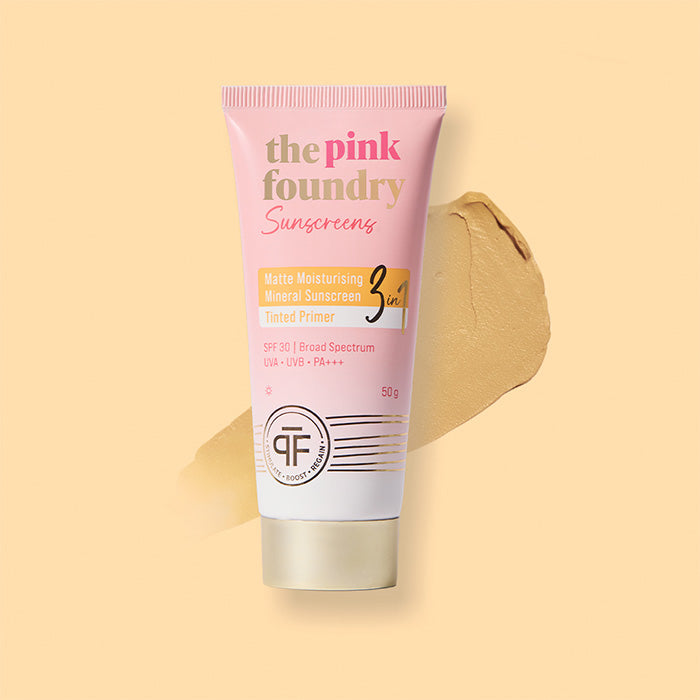
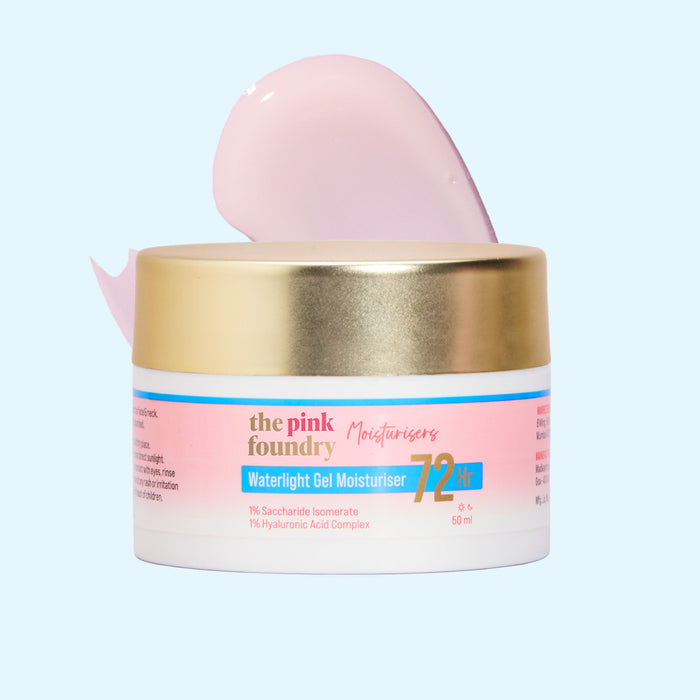

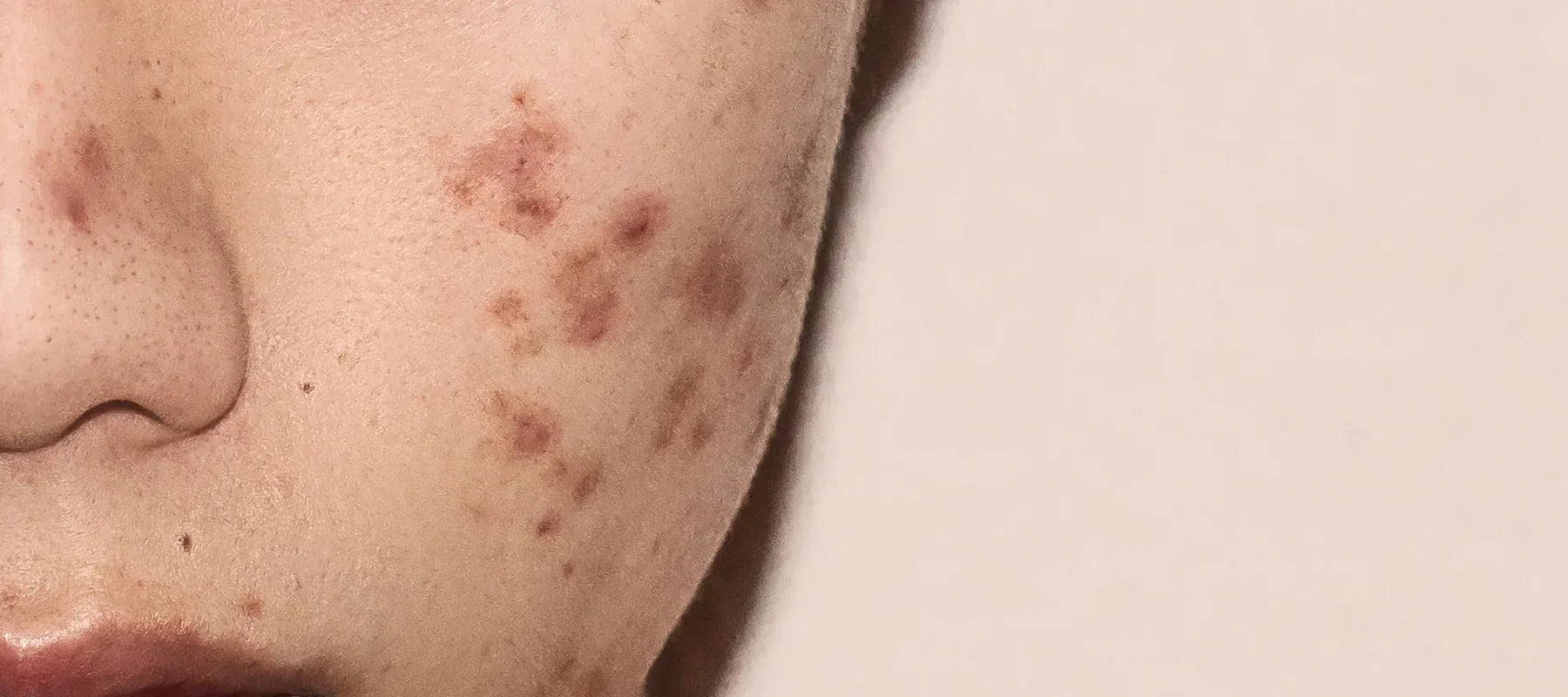
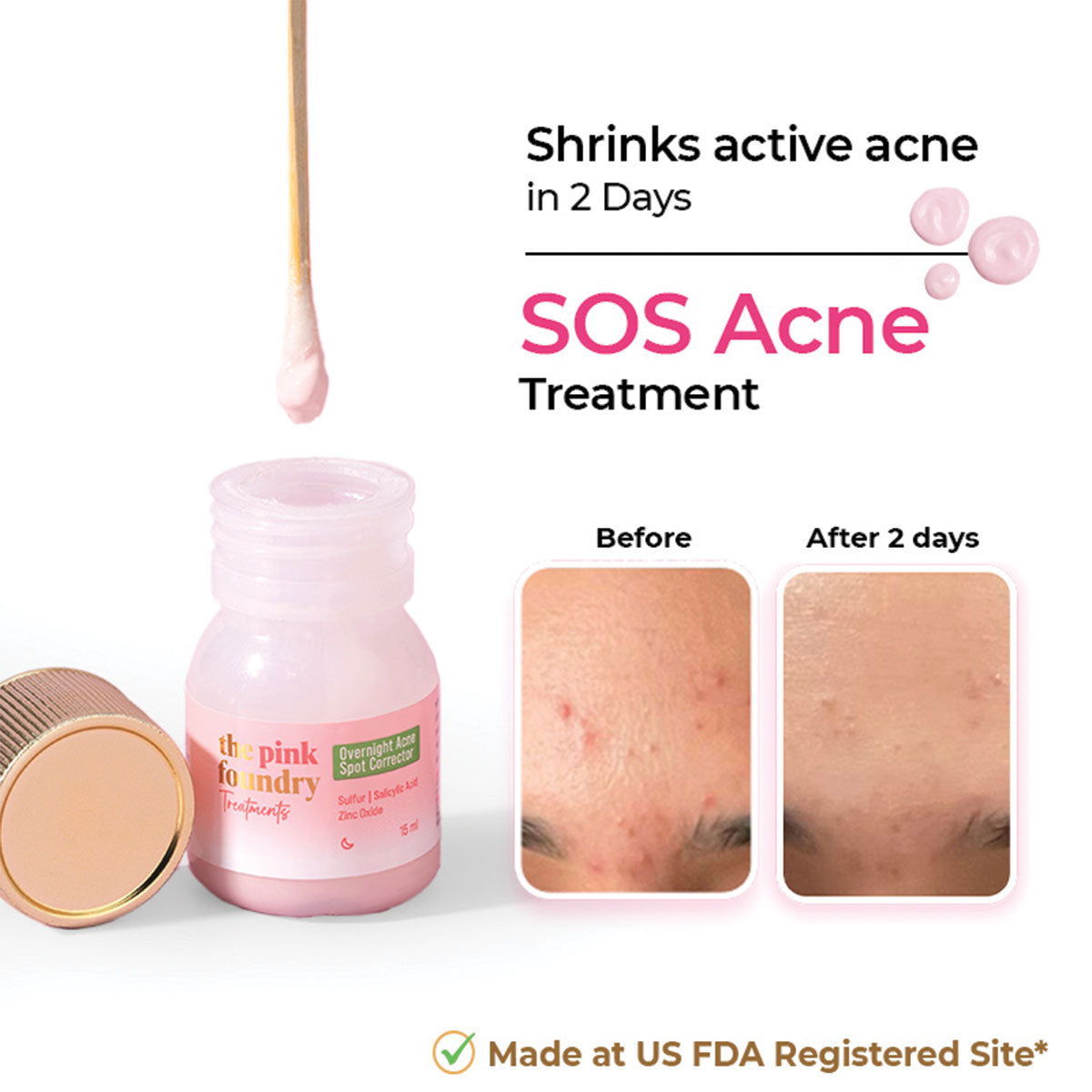
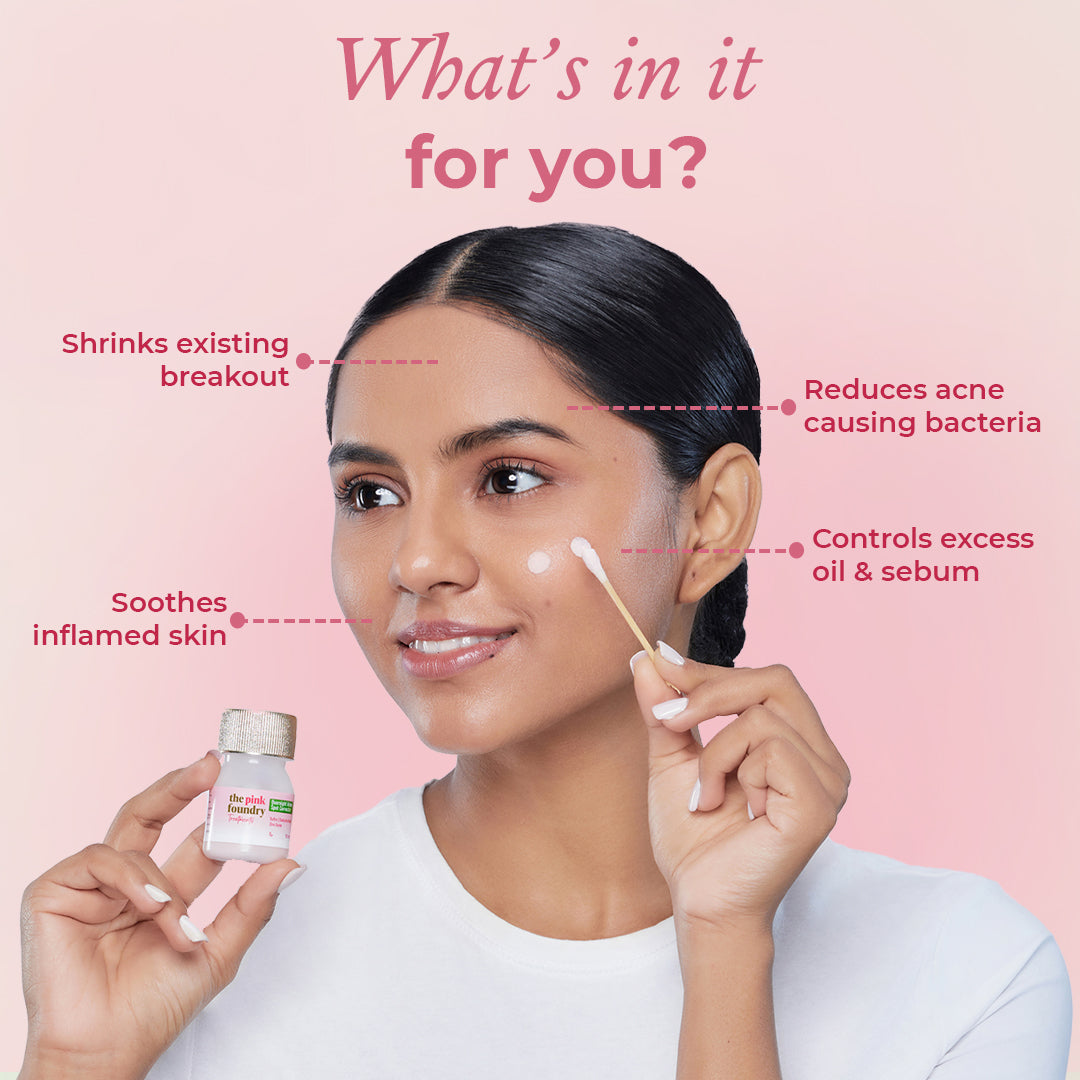
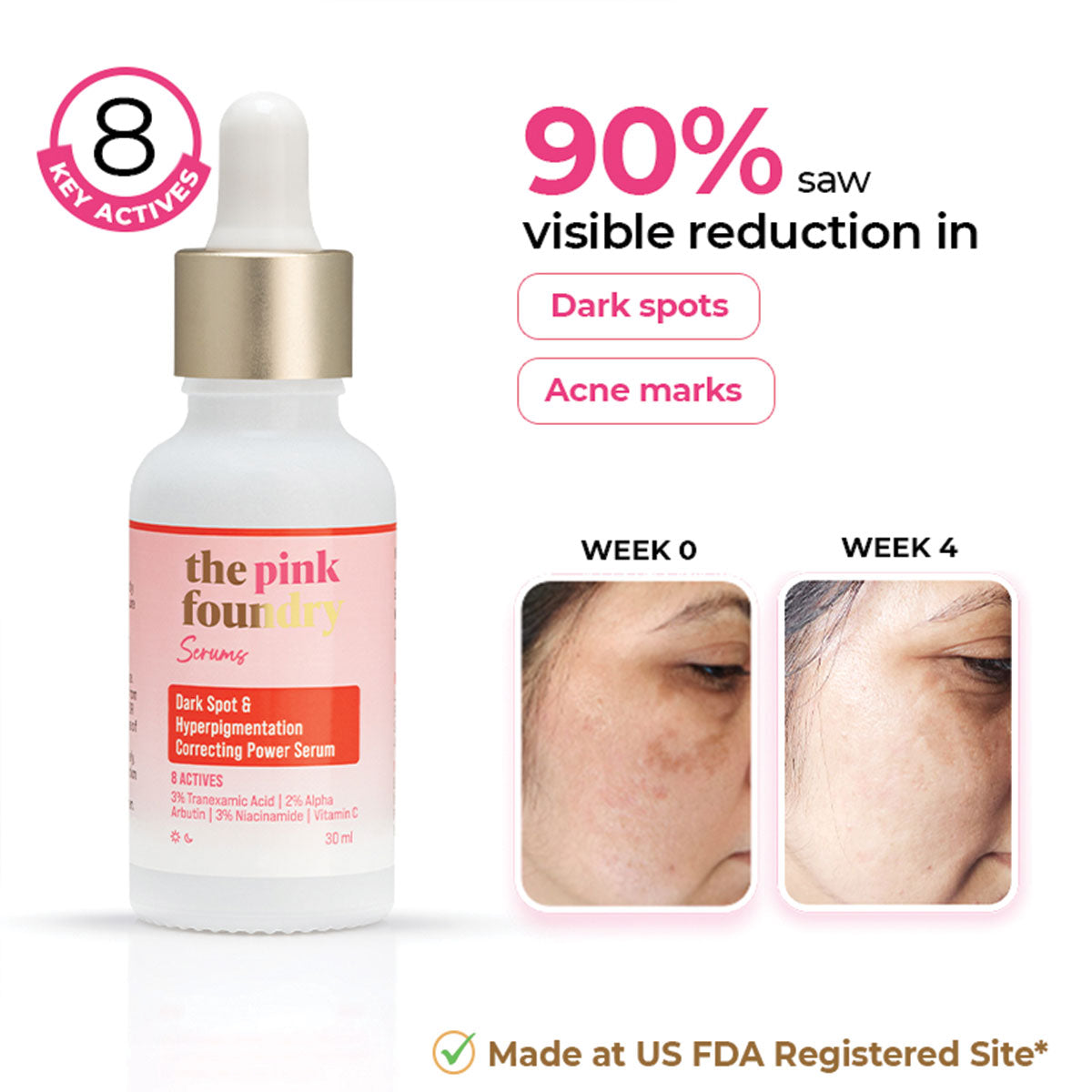
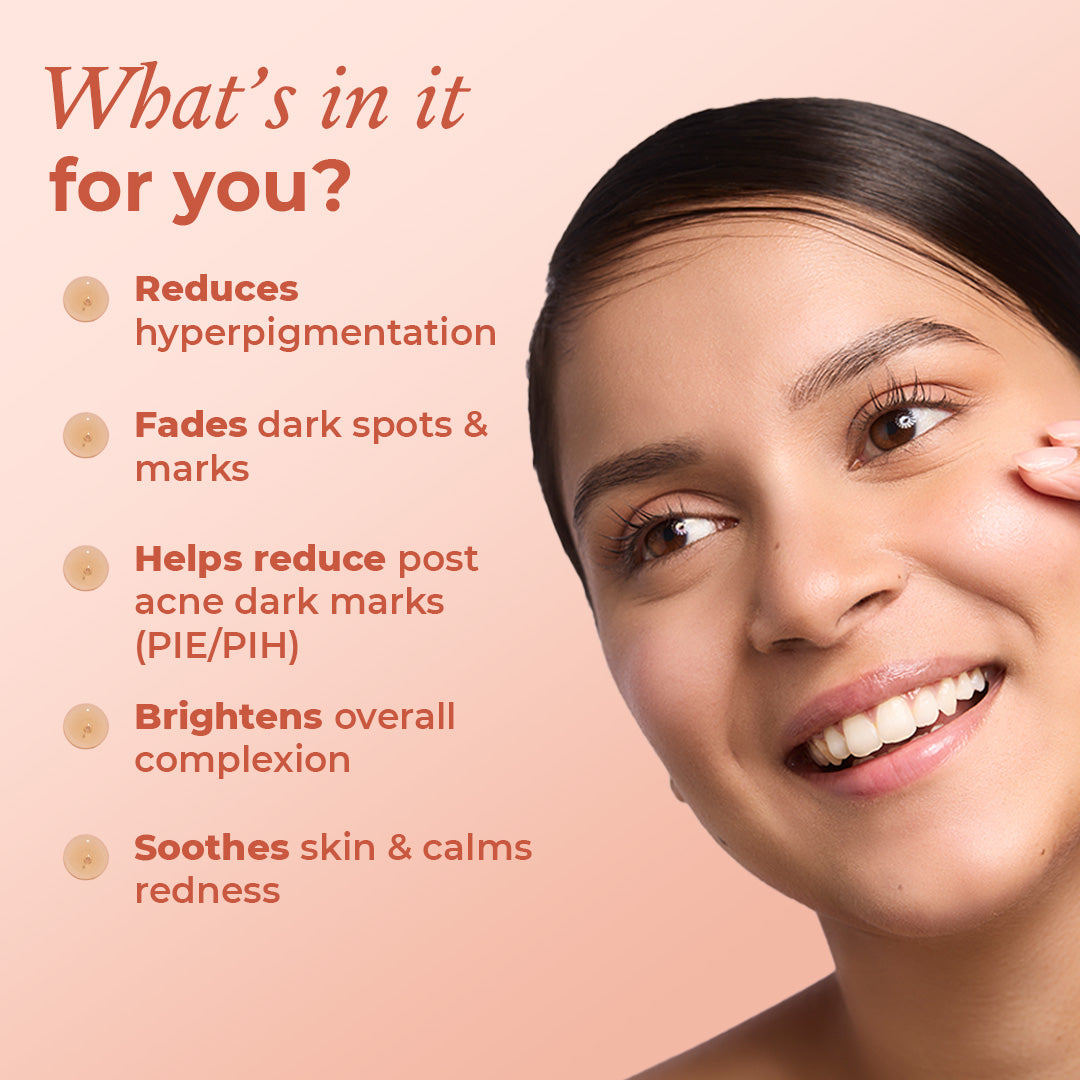
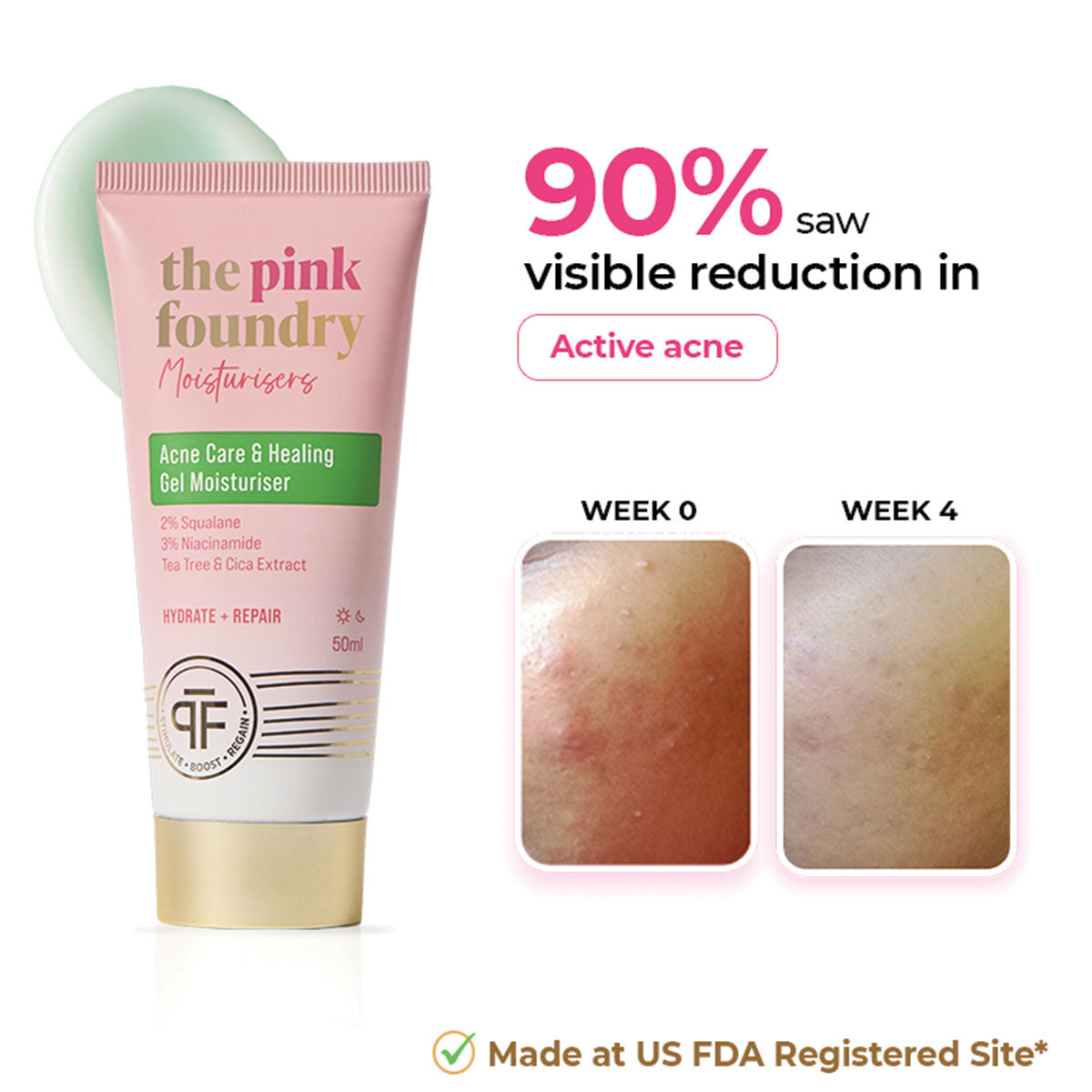
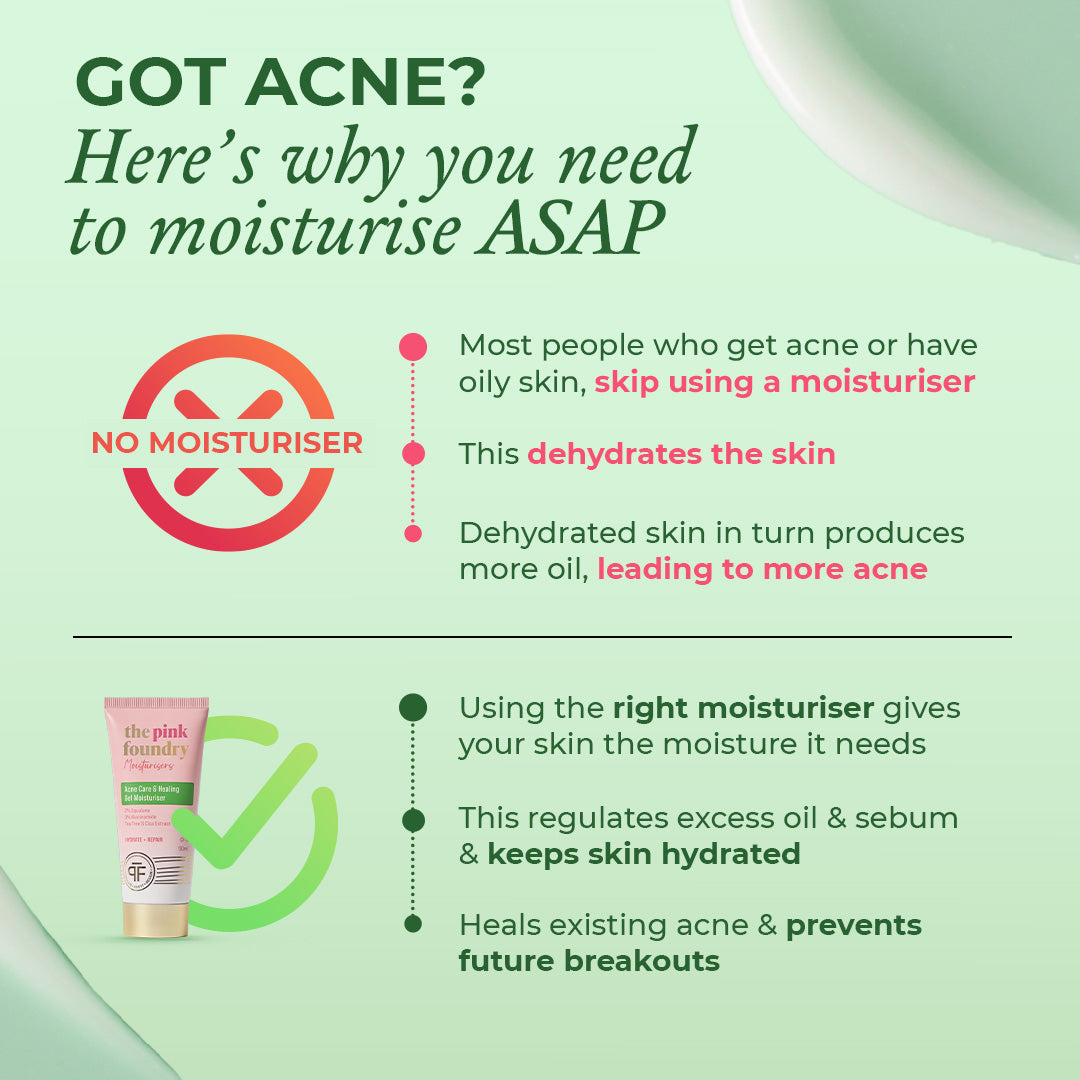
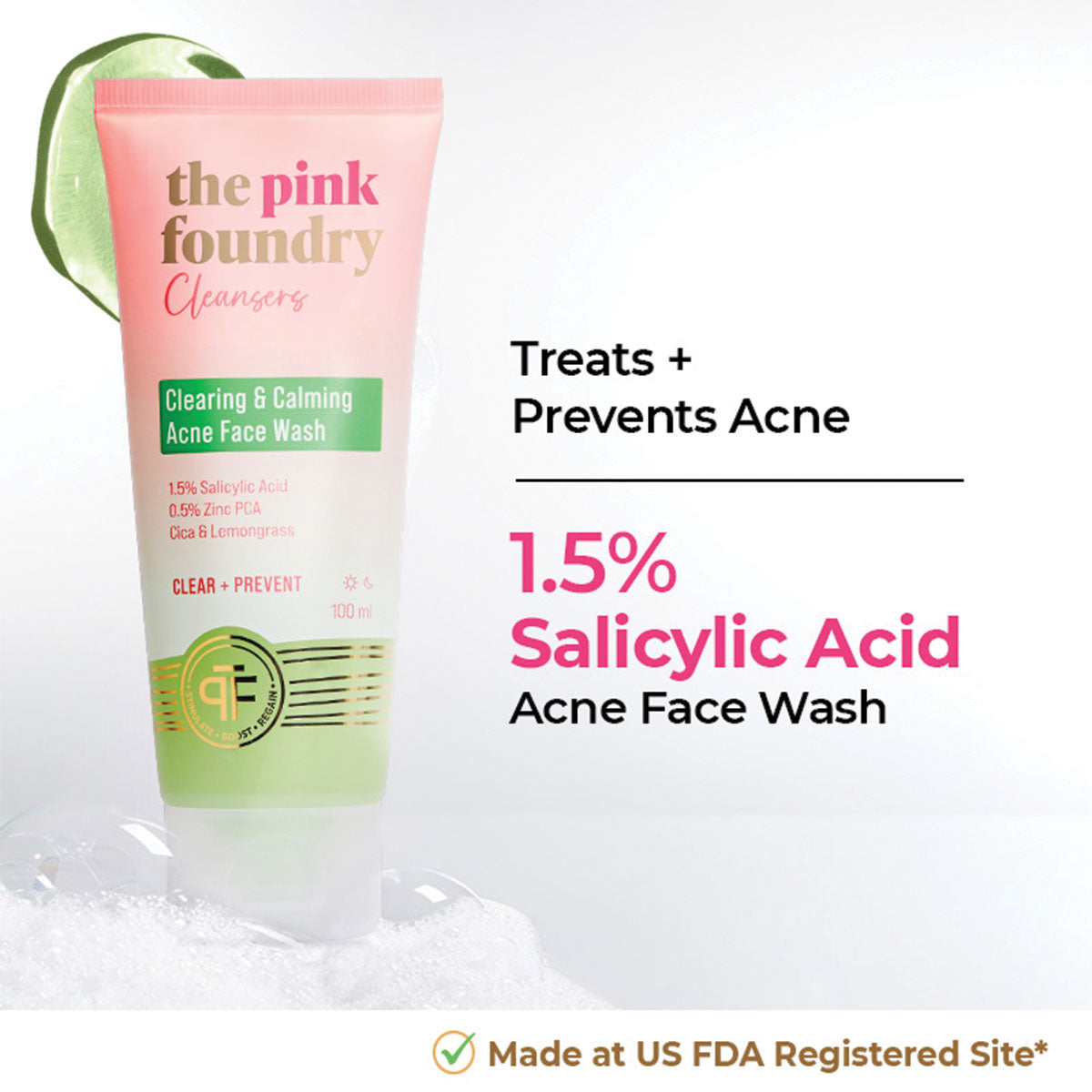
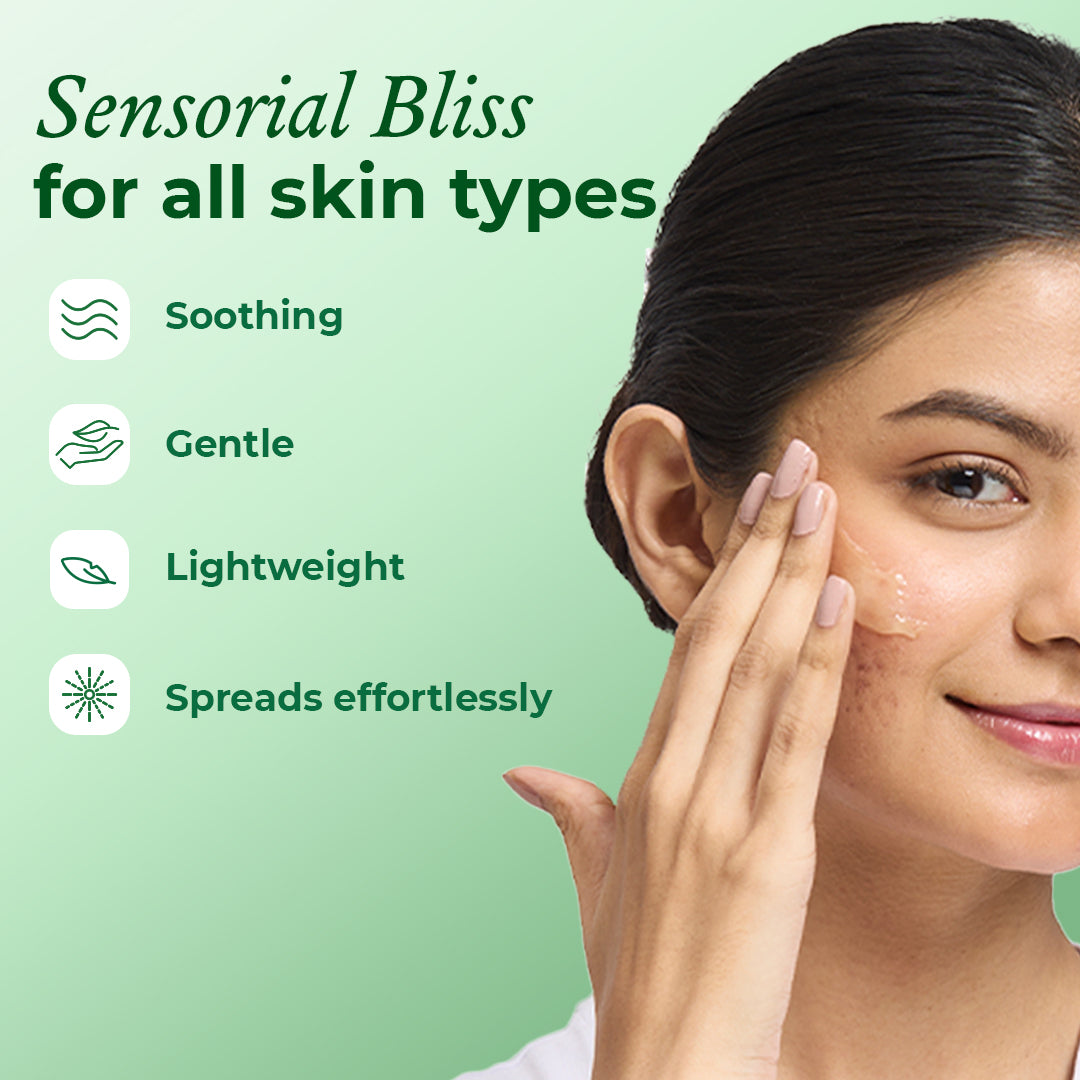
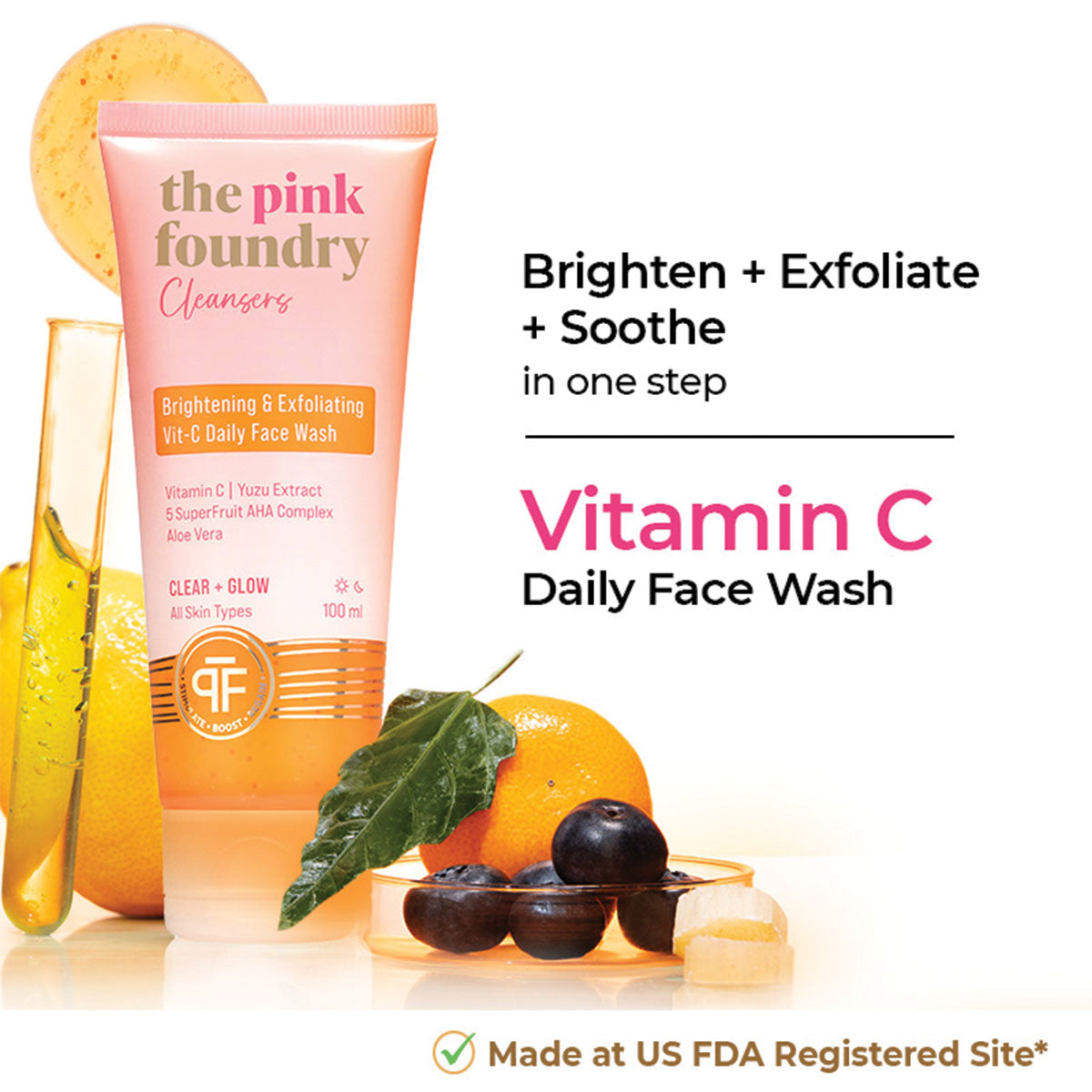
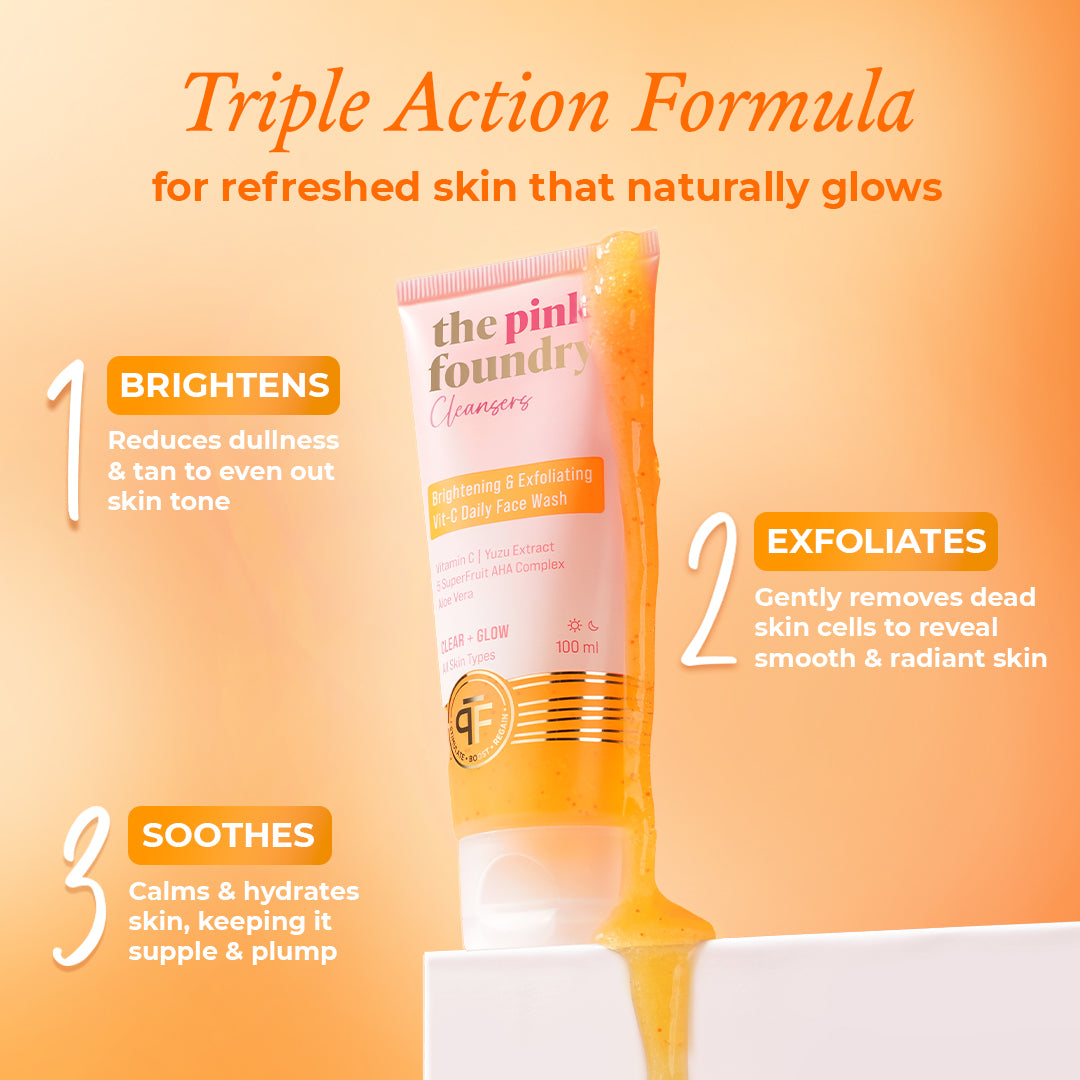
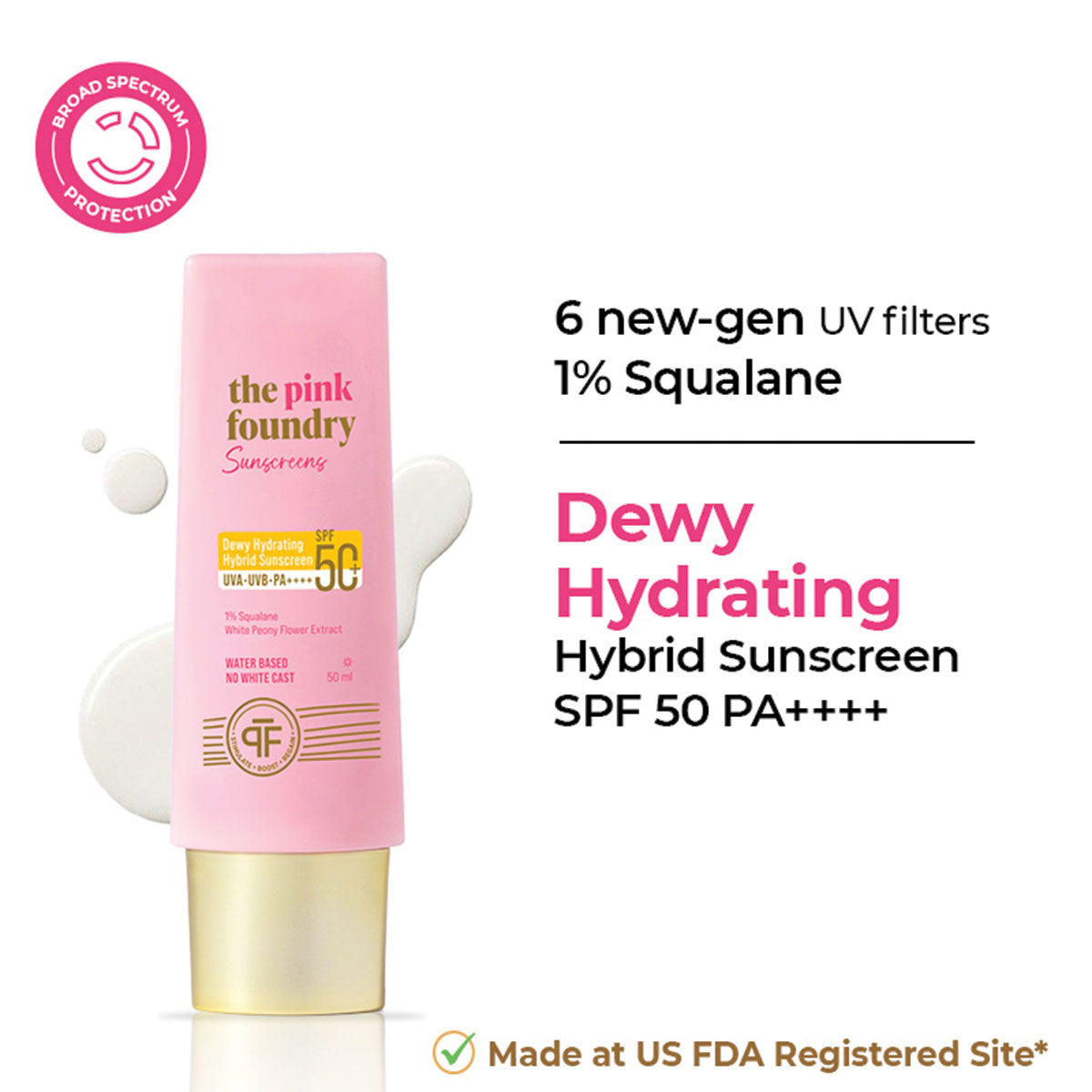
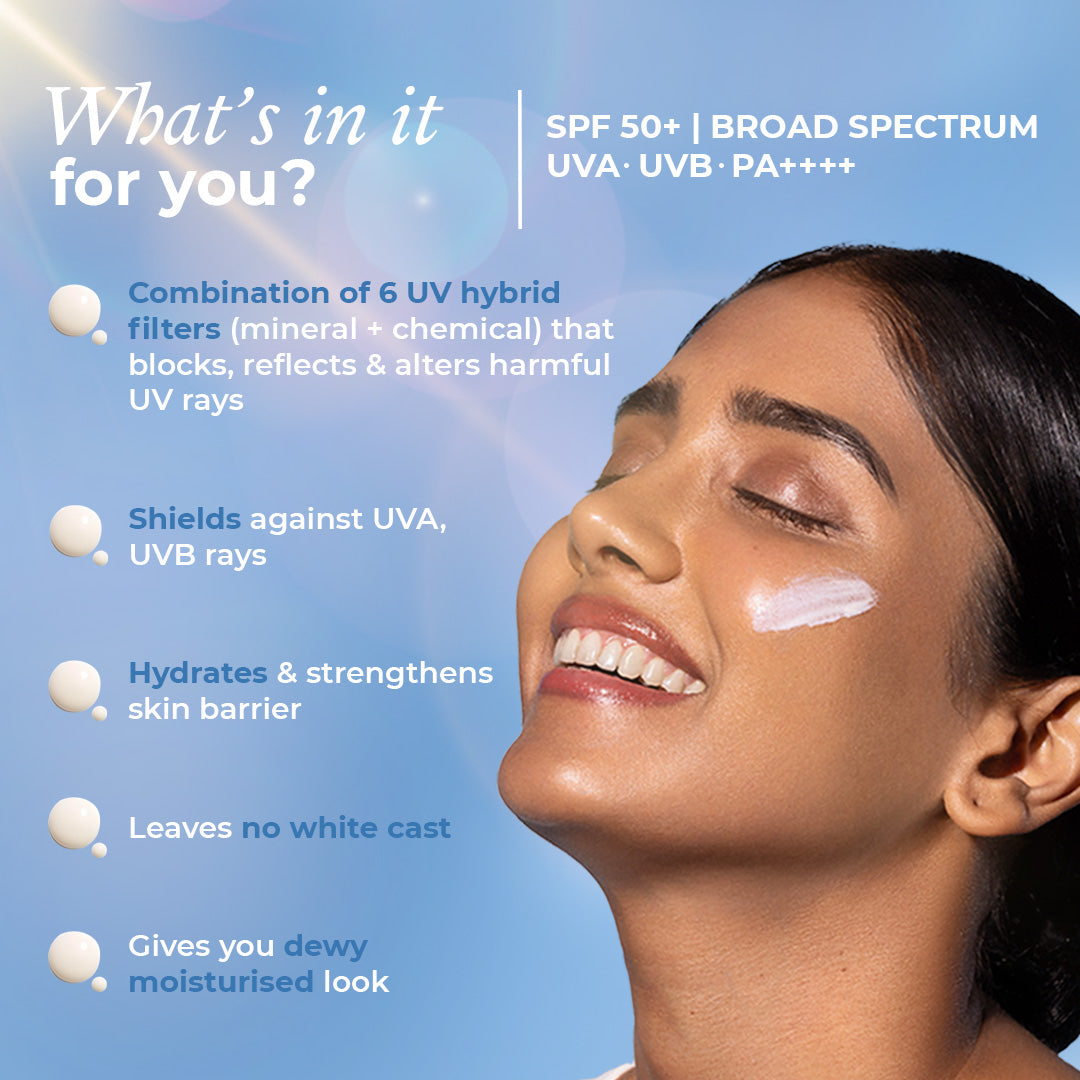
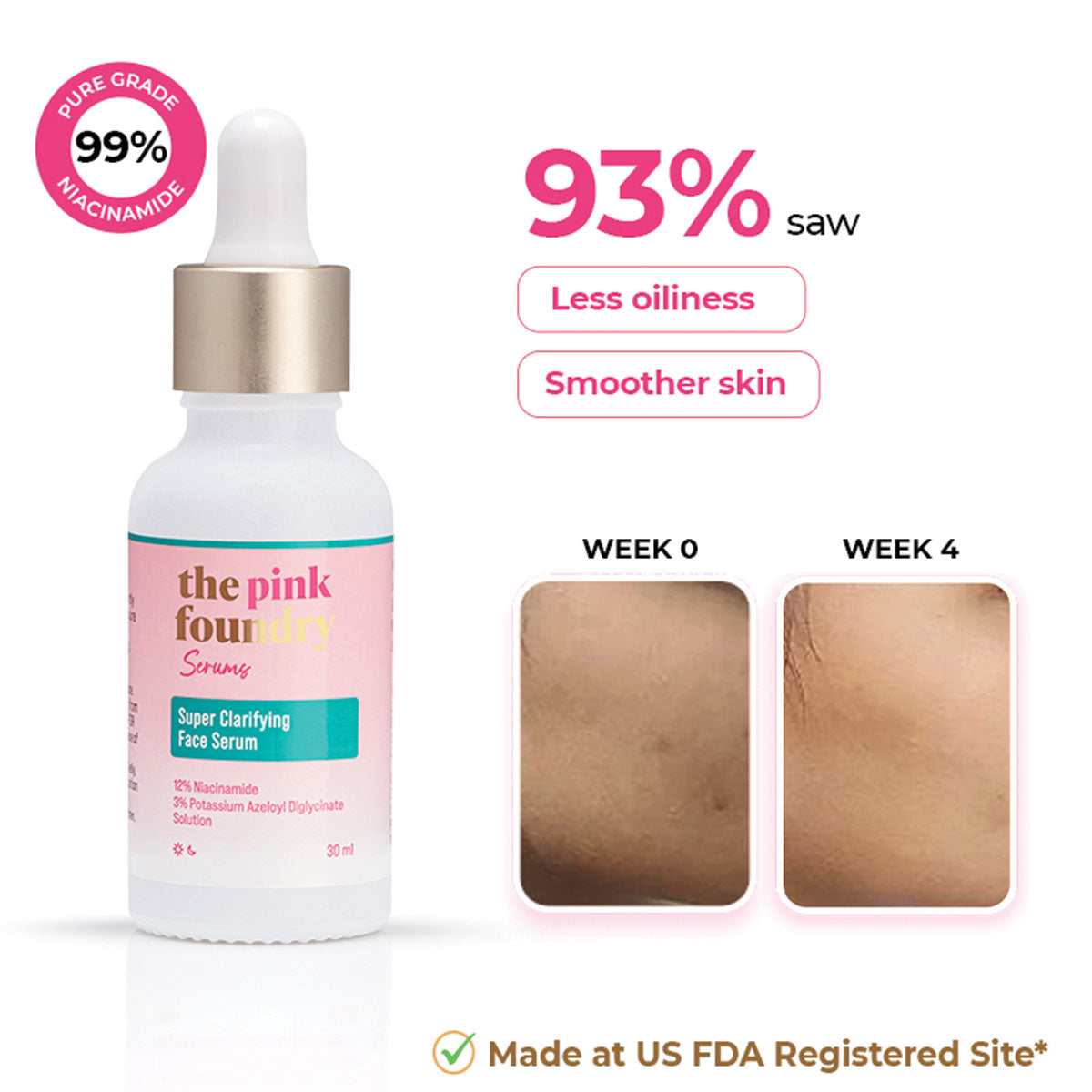
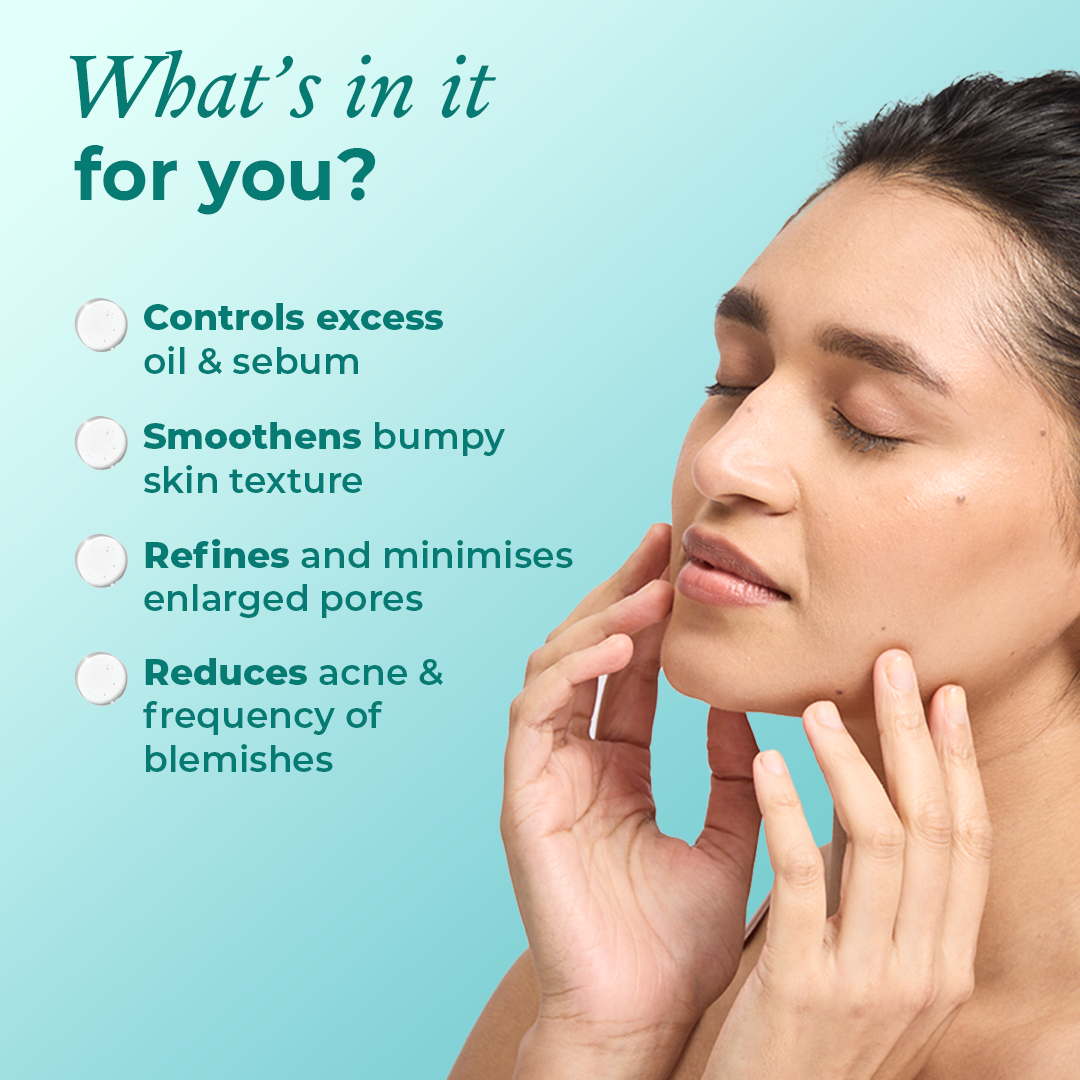
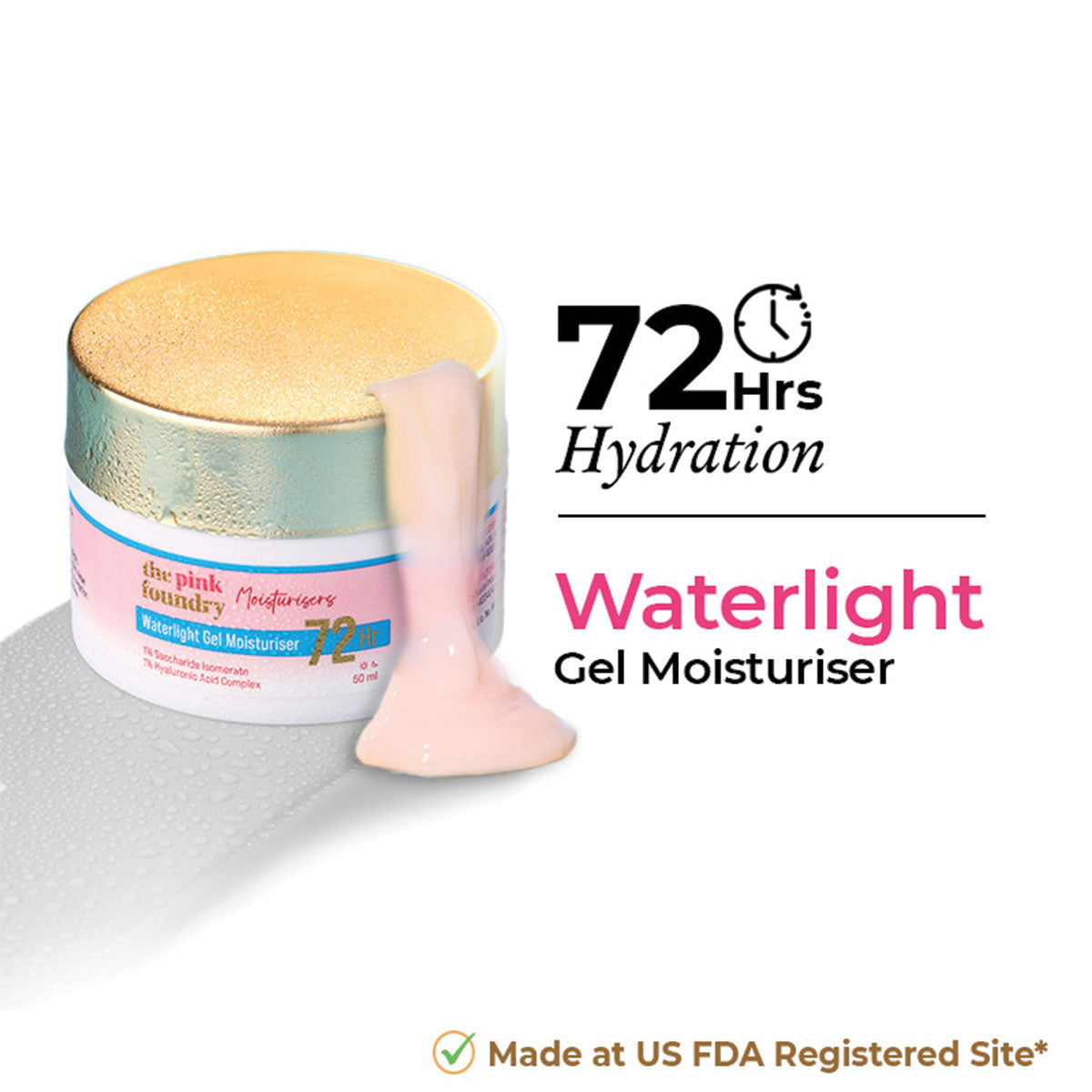
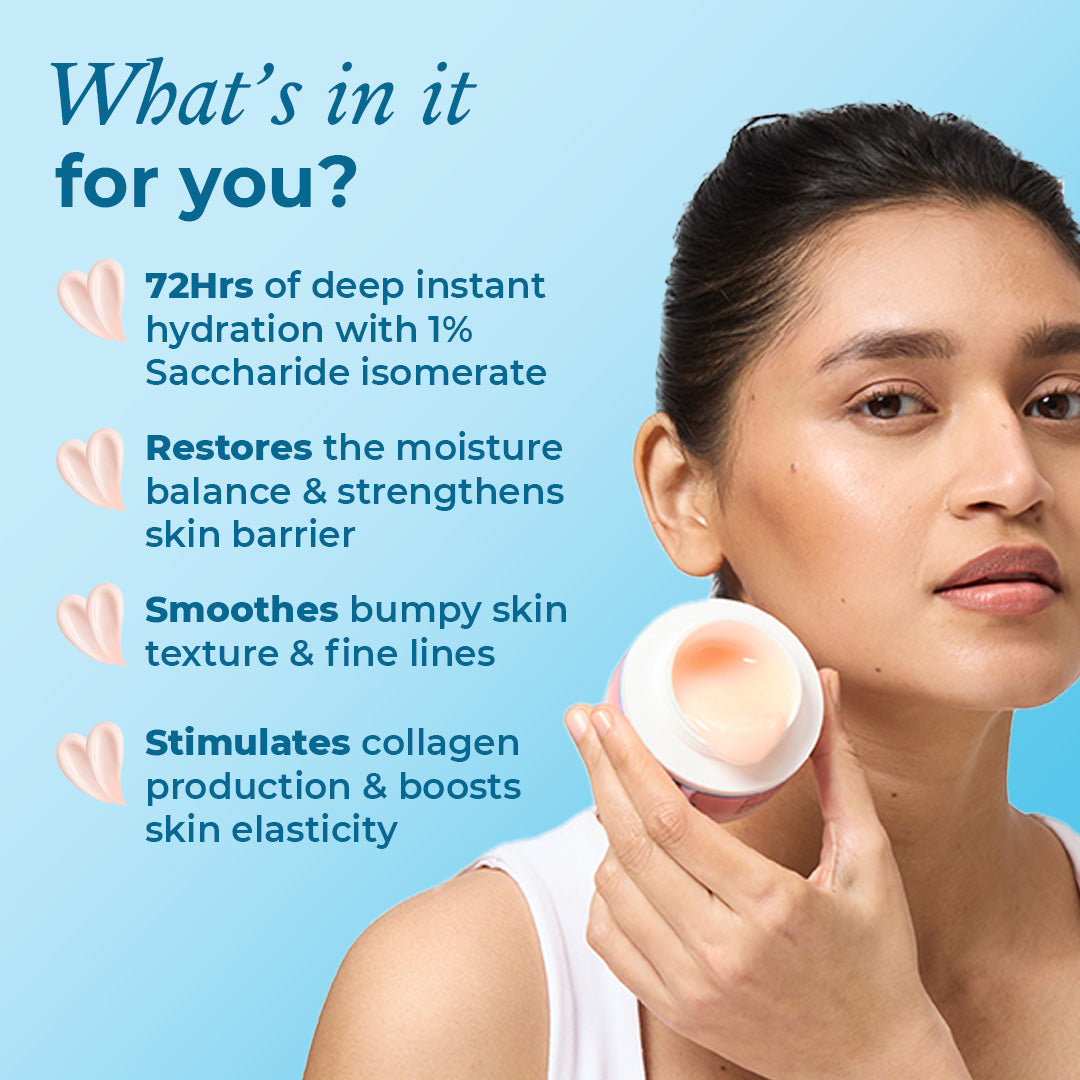




Leave a comment
This site is protected by hCaptcha and the hCaptcha Privacy Policy and Terms of Service apply.